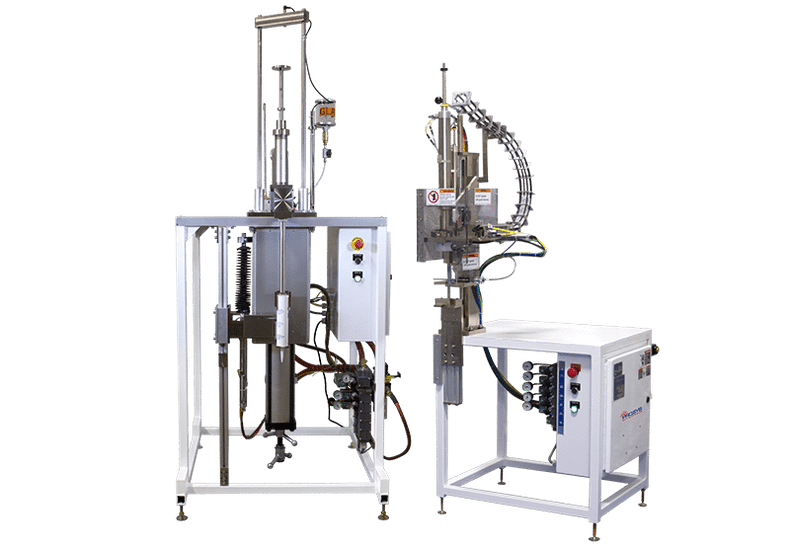In the rapidly evolving landscape of the cannabis industry, where innovation and precision are paramount, cannabis labs face the ongoing challenge of optimizing their production processes. One of the key elements in this pursuit of efficiency and quality is the integration of advanced technology, specifically cartridge filling machines. These machines have become indispensable tools for cannabis labs, revolutionizing the way products are manufactured, packaged, and delivered to consumers.
I. The Growing Cannabis Industry: A Need for Precision
As the cannabis industry continues to expand, so does the demand for consistent and high-quality products. The days of manual filling and imprecise methods are becoming outdated, and cannabis labs are turning to cutting-edge solutions like cartridge filling machines to meet the growing expectations of consumers and regulators alike.
II. Precision and Consistency: The Hallmarks of Cartridge Filling Machines
Cartridge filling machines bring a level of precision and consistency to the manufacturing process that is nearly impossible to achieve through manual methods. These machines are designed to deliver accurate dosages of cannabis oil into cartridges, ensuring uniformity across batches. This not only enhances product quality but also helps labs adhere to strict regulatory standards, a critical aspect in the cannabis industry.
III. Increased Production Efficiency
Manual filling processes are not only time-consuming but also prone to errors, leading to product inconsistencies and potential waste. Cartridge filling machines, on the other hand, significantly increase production efficiency by automating the filling process. Labs can achieve higher throughput without compromising on the precision and quality of their products, ultimately resulting in reduced operational costs and increased profitability.
IV. Cost-Effectiveness and ROI
While the initial investment in a cartridge filling machine may seem significant, the long-term cost-effectiveness is undeniable. The automation of the filling process reduces labor costs, minimizes material wastage, and enhances overall production efficiency. This results in a faster return on investment (ROI) for cannabis labs, making the adoption of cartridge filling machines a strategic business decision.
V. Customization and Versatility
Cartridge filling machines are designed to accommodate various cartridge types and sizes, providing cannabis labs with the flexibility to meet diverse market demands. Whether producing standard 510 cartridges or custom designs, these machines can be easily configured to adapt to different specifications. This versatility allows labs to stay agile in an industry that is constantly evolving and responding to consumer preferences.
VI. Quality Control and Regulatory Compliance
Ensuring product consistency is not only a matter of meeting consumer expectations but also a regulatory necessity in the cannabis industry. Cartridge filling machines contribute to robust quality control processes, minimizing the risk of dosage variations and contamination. This not only safeguards consumer health but also helps cannabis labs maintain compliance with stringent regulatory requirements.
VII. Conclusion: The Future of Cannabis Manufacturing
In conclusion, the integration of cartridge filling machines in cannabis labs marks a significant step toward the future of cannabis manufacturing. The emphasis on precision, efficiency, and quality control positions these machines as indispensable tools for labs aiming to thrive in the competitive and highly regulated cannabis market. As technology continues to advance, cannabis labs must embrace innovations like cartridge filling machines to remain at the forefront of the industry, meeting the demands of consumers while navigating the complexities of regulatory frameworks.

